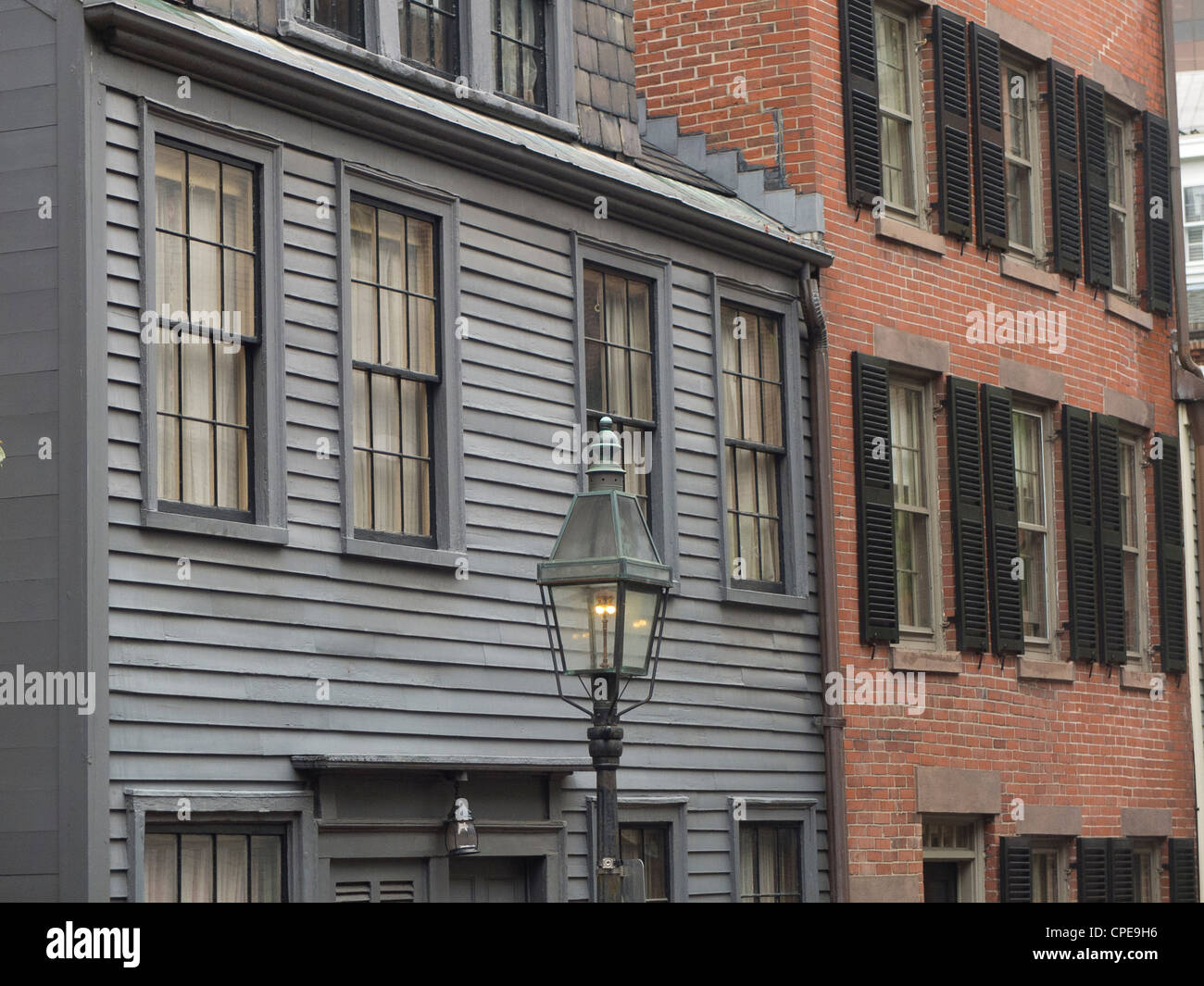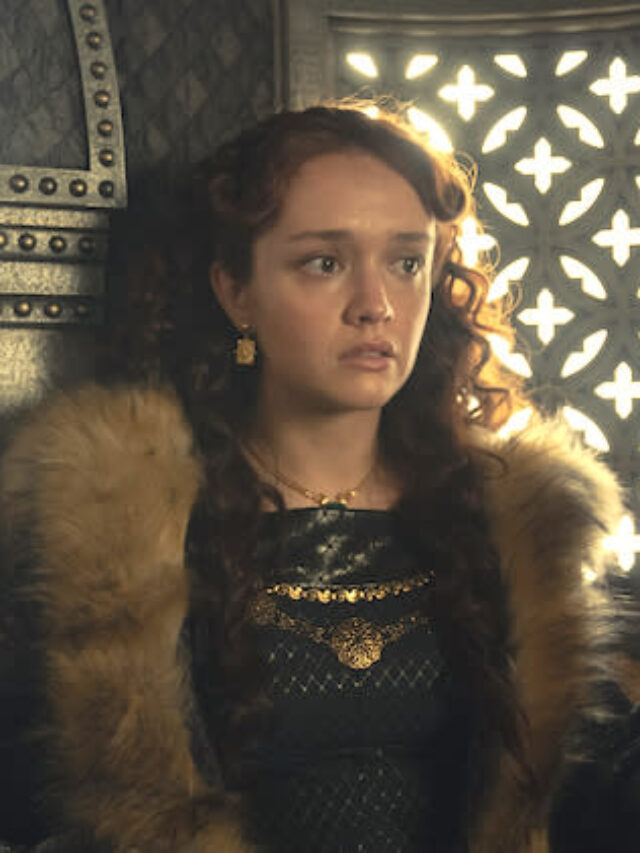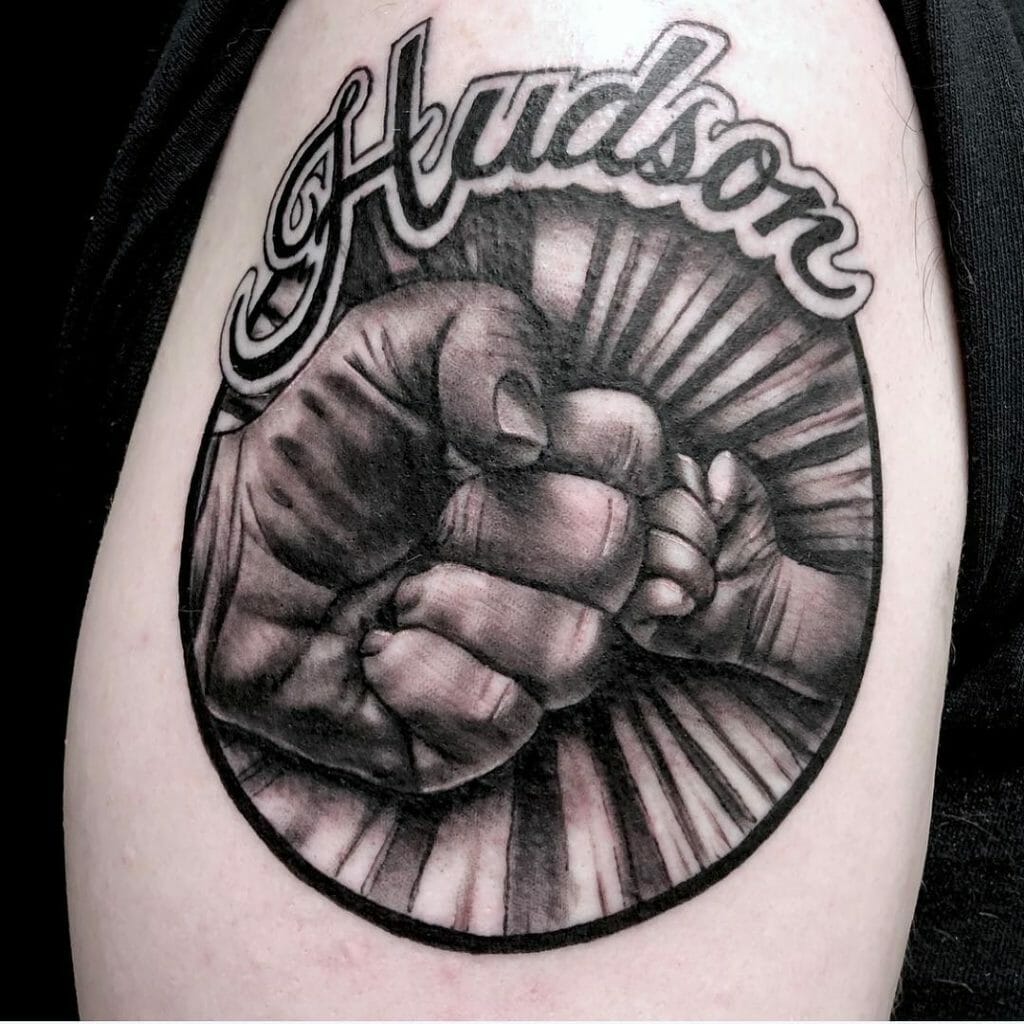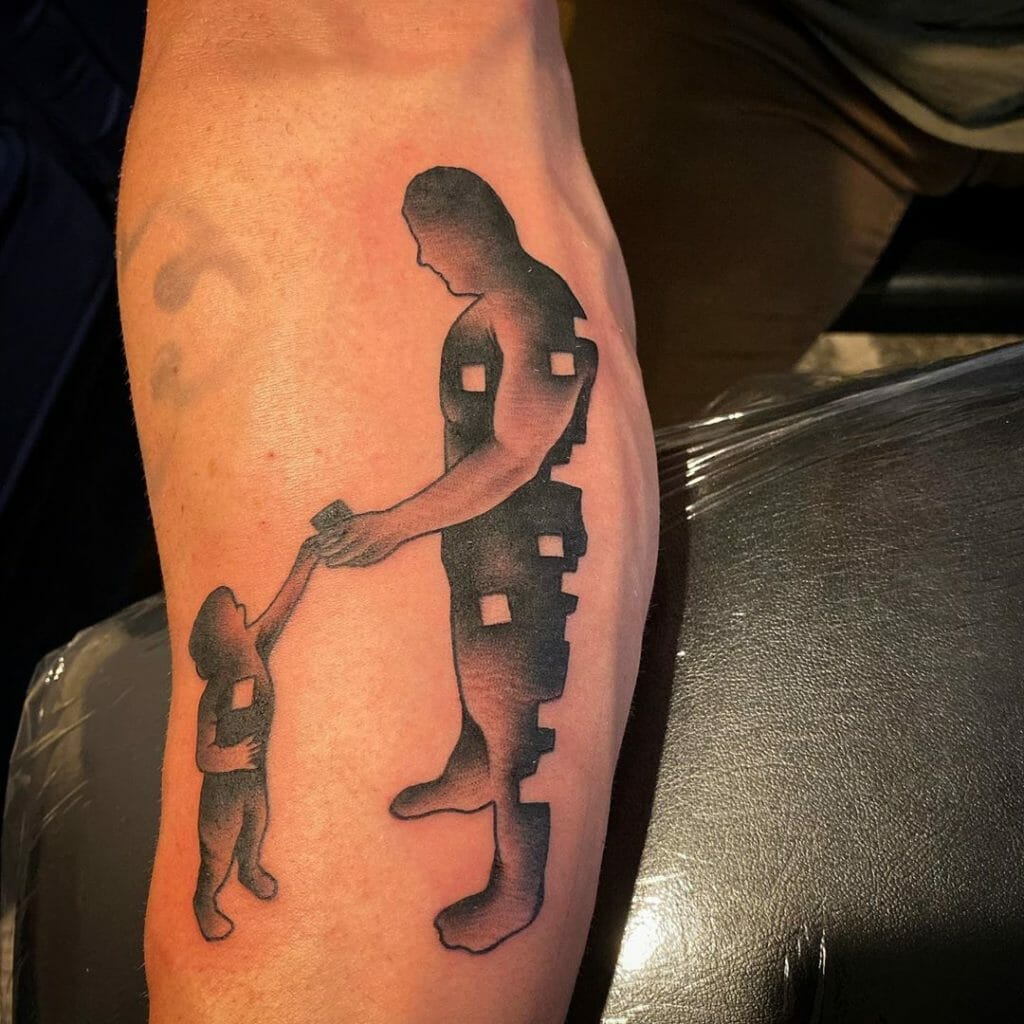Table Of Content
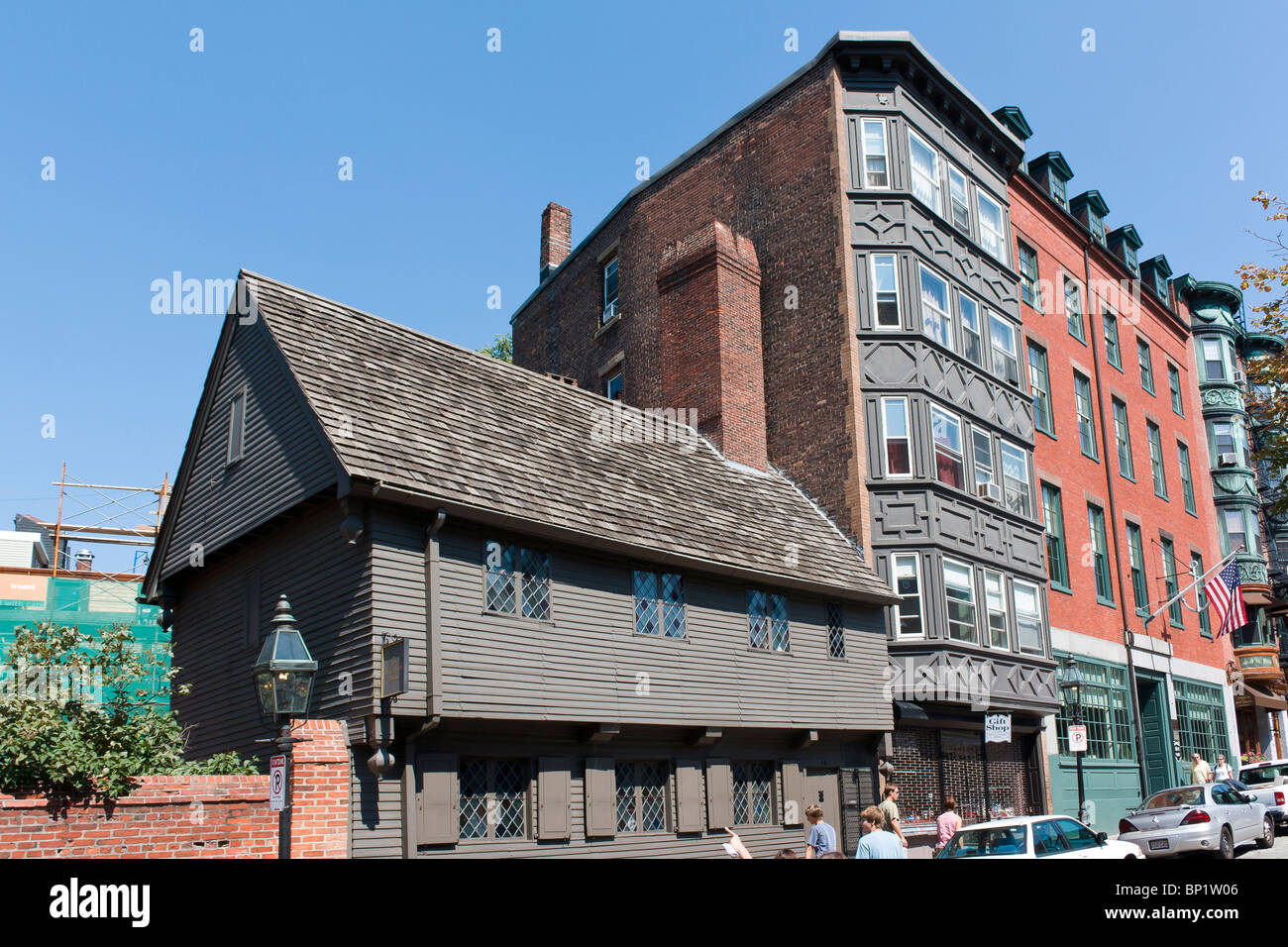
These hills, overlooking Boston's harbor and waterfront from the south, were the site of fortifications built at night by the Continental Army in March, 1776. Artillery mounted here hastened General Howe's decision to take his troops away from Boston, which in turn ended the siege of Boston, gave General Washington his first victory, and inspired the Patriot cause. Only yards away from "Old Ironsides," the museum offers hands-on activities for visitors of all ages. Tour the church where Paul Revere arranged for two lanterns to be hung from the steeple on April 18, 1775 to signal patriots in Charlestown that British troops were heading to Lexington and Concord by way of the Charles River.
A familiar ring: Historic Paul Revere bell returns home to Canton after two centuries - The Patriot Ledger
A familiar ring: Historic Paul Revere bell returns home to Canton after two centuries.
Posted: Sat, 05 Mar 2022 08:00:00 GMT [source]
University Publications
The period furnishings in the upstairs chambers belonged to the Revere family. In the courtyard is a 900-pound bell crafted by Paul Revere & Sons. The Paul Revere House is fully accessible for individuals who use wheelchairs or are mobility impaired. The house is accessible on the first floor via the courtyard ramps. The second floor is accessed by taking the elevator in the visitor center and then connecting to the house via the walkway.
Historic L.A.
A parsonage that was home to the Mather family stood on the site of the Paul Revere House until it was destroyed by the great fire of 1676. A new house was built to replace it in 1680 for Robert Howard, a wealthy merchant who located there most likely to be near the waterfront wharves. Is to inspire a deeper appreciation for the relevance of American history by sharing the life, legacy, craftsmanship, and iconic home of artisan, businessman, patriot, and citizen Paul Revere. On the night of April 18, 1775, silversmith Paul Revere left his small wooden home in Boston’s North End and set out on a journey that ultimately made him a legend. Today that home is still standing at 19 North Square and has become a national historic landmark. It is downtown Boston’s oldest building and one of the few remaining 17th-century dwellings in a large urban area in the United States.
History
For current hours of operation and to learn more about The Paul Revere House's programs, exhibits, and tours, visit the The Paul Revere House website. On April 18, 1775, Revere set out in the dark from his North Boston home by horse with William Dawes to reach Adams and Hancock. The two riders met Adams and Hancock in Lexington and enabled the revolutionaries to avoid arrest. The young Revere was educated in reading and writing in school before completing his training as an apprentice to his silversmith father. But he left the business briefly and enlisted in a provincial army in 1756 during the French and Indian War. The iconic artisan Paul Revere and his home embody the cultural heritage and historical memory of Boston.
The neighborhood served as a home and workplace for many skilled artisans, tradesman, and merchants. By the mid-1700s the house was a modest dwelling compared to the large mansions of Boston's elite. Nonetheless, it was a perfect home for an aspiring middling family. Early preservationists raised money to purchase and preserve the home as a historic site. Pauline Revere Thayer, a great-granddaughter of Paul Revere, and cousin of John Phillips Reynolds, Jr., was also a key figure in the early years of the Association and the restoration of the house. She lost her father, Paul Joseph Revere and her uncle Edward H.R. Revere in the Civil War.
Paul Revere House Visitor Center Exhibit

Neighborhood of his own choosing, the semi-gated Mid City neighborhood of LaFayette Square. That International-style residence at 1690 South Victoria Avenue, where Williams lived until his death in 1980, was designated as the city’s 170th HCM in 1976. However, the home of Williams himself, where he lived alongside his wife Della Mae Givens and a growing family beginning in 1921, was far humbler than the residences that helped catapult the L.A. This 43 acre historical park encompasses portions of Downtown Boston, Charlestown, and South Boston. In addition to managing its properties that are a part of the park, the Park operates two visitor centers at Faneuil Hall and in the Charlestown Navy Yard.
The Paul Revere House is a Boston National Historical Park partner site operated by the Paul Revere Memorial Association. Learn more about the Reveres, the house, and the "Midnight Ride" by visiting The Paul Revere House. Special thanks to Marge and Ben Edwards and their son Ben L. Edwards of Walking Boston for generously funding the redesign of our website. Enter your email address to get updates on special Paul Revere House programs, events, and more. Please ask our admissions booth staff for maps, directions, and visitor information. We reserve the right to refuse admission or ask visitors to leave if they do not follow our health and safety guidelines.
Paul Revere Memorial Association Celebrates Acquisition of Three Rare 18th Century Documents ... - NorthEndWaterfront.com
Paul Revere Memorial Association Celebrates Acquisition of Three Rare 18th Century Documents ....
Posted: Mon, 13 Oct 2014 07:00:00 GMT [source]
But he did stop at numerous houses on the way to Lexington, and patriot soldiers sprang to life. After narrowly avoiding capture just outside of Charlestown, Revere changed his planned route and rode through Medford, where he alarmed Isaac Hall, the captain of the local militia, informing him of the British movements. Revere then stopped by his own house to pick up his boots and overcoat, and proceeded the short distance to Boston’s North End waterfront. Slipping past the British warship HMS Somerset in the darkness, Revere landed safely.
He reworked a Henry Pelham drawing in an engraving and widely distributed prints of the stark image of armed British troops taking aim at the colonists. The growing unrest boiled over on March 5, 1770, when British troops and a crowd of colonists faced off on Boston’s King Street near the Customs house. The tense standoff ended in the Boston Massacre, as the British used their bayonet rifles to shoot and kill five unarmed colonists. The Paul Revere house serves as the oldest residential building, still standing, in downtown Boston. Revere House tours are self-guided, complemented by illustrated text panels and museum interpreters. If you would like to download the text panels for reading off-site, click here.
The back bedroom was undoubtedly a crowded room, though fortunately not all 16 ever tried to occupy the house simultaneously. To make the most of available floor space, the house contains a bed that is something like a murphy bed. The mattress section of the bed is hinged so it can be pulled upright to make more floor space. The property houses a number of artifacts that were possessions of Revere himself.
And, with that, the first home owned by a pioneering Black architect who helped to shaped L.A.’s modern cityscape was designated as a Historic-Cultural Monument. Those covenants did not exist in Jefferson Park, and, as a result, a sizable Black community thrived there. The Bunker Hill Monument is a major commemorative obelisk, memorializing a key battle during the outset of the Revolutionary War.
Paul Revere purchased the home in 1770, moving his family here from their Clark’s Wharf residence. The former merchant’s dwelling proved ideal for Revere’s growing family, which in 1770 included his wife Sarah, five children, and his mother Deborah. On the evening of April 18, 1775, Dr. Joseph Warren summoned Paul Revere, then employed by the Boston Committee of Correspondence and the Massachusetts Committee of Safety as an express rider carrying news, messages, and documents. The task—to ride to Lexington, Mass., to alert Samuel Adams and John Hancock that British troops were marching to arrest them—immortalized the talented silversmith and his midnight ride.
The park also works and cooperates with many different partner organizations which comprise the Freedom Trail. He initially lived there with his first wife Sarah, five of their children and his mother. At 90 years old, the house was no longer a luxury property, and Revere made additions and improvements, over the time he owned it, including adding a kitchen.
Climb (no elevator) the monument's 294 steps to the top for a spectacular view. Visit the nearby Bunker Hill Museum for exhibits about the battle, the building of the monument, and the history of the Charlestown neighborhood. Curt Bouton and architect John Arnold have purchased the house and plan to fully rehabilitate it and honor the story of Williams family.



